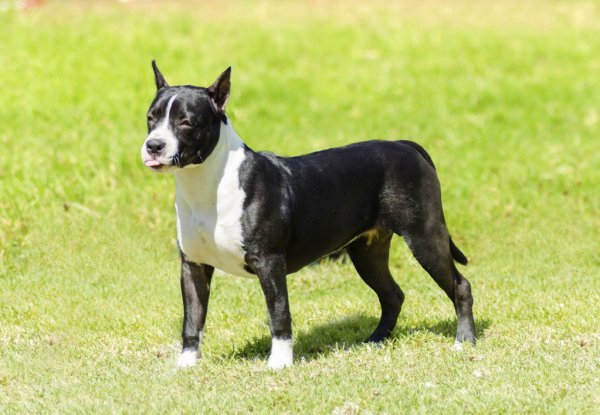
When is stubbornness more than a characteristic of an individual dog?
One might argue that it becomes more than a personality quirk when it’s enough of a trait to be written into the breed standard:
The Grand Basset Griffon Vendéen is “a little stubborn.”
The Bergamasco is “naturally stubborn and will persevere with a task until done.”
The Wirehaired Vizsla is “self-confident, eager to learn, clever, sensitive and yet stubborn.”
If there is any surprise that a standard would have the word, “stubborn” written into it, we would argue that what is actually surprising is that more breed standards don’t incorporate the word. Our own breed (the Puli) has been described to us by non-owners as stubborn and willful. They mistake intelligence for stubborness. Many breeds have been bred for centuries to work independently and make decisions, and when working a herd of recalcitrant sheep or cattle, hunting in the field, or going after a clever varmint underground, it takes tenacity to get the job done; that word – tenacity – does show up in a few standards:
The Dandie Dinmont Terrier “combines an affectionate and dignified nature with, in a working situation, tenacity and boldness.”
“From the past history of the Staffordshire Bull Terrier, the modern dog draws its character of indomitable courage, high intelligence, and tenacity.“
The German Pinscher …”has fearless courage and tenacity if threatened.”
“Stick-to-itiveness” is the unspoken word in many job descriptions, a determination to see the task through, and guess what? That word – determination – also appears in some breed standards:
The Entlebucher is “lively, active, persistent, self-assured and determined;”
The Doberman Pinscher [is] “Energetic, watchful, determined, alert, fearless, loyal and obedient;”
The German Wirehaired Pointer “is an intelligent, energetic and determined hunter;”
The Curly-Coated Retriever “is a charming and gentle family companion and a determined, durable hunter;”
The Kuvasz is “a spirited dog of keen intelligence, determination, courage and curiosity;”
The Flat-Coat (Retriever) “is keen and birdy, flushing within gun range, as well as a determined, resourceful retriever on land and water.”
The Nova Scotia Duck Tolling Retriever “is alert, determined, and quick, with a keen desire to work and please.”
The Sealyham “should be the embodiment of power and determination;”
The Irish Red and White Setter has “a kindly, friendly attitude, behind which is discernible determination, courage and high spirit;”
The German Pinscher is “energetic, watchful, alert, agile, fearless, determined, intelligent and loyal” (note that this breed standard includes the words, “stubborn and determined!);
The Clumber Spaniel “displays determination and a strong sense of purpose while at work;”
The Black Russian Terrier “is alert and responsive, instinctively protective, determined, fearless, deeply loyal to family…”
Not surprisingly, these traits are mentioned in the standards of intelligent breeds that work. Training an intelligent (let alone stubborn, tenacious and determined) dog requires staying one step ahead of the dog and training in creative ways that don’t bore the dog. If you’ve been tasked to work with such a dog, you know it’s a labor of love, consistency, and patience, particularly if it’s a teenager!
All this said, we’ve noticed that not all breed standards make note of the aforementioned qualities, but anecdotally, several breeds have a reputation (rightly or wrongly) for being hard headed. Is yours one of them?
Photo of an Staffordshire Bull Terrier/Deposit Photos

What breed is pictured in “The Stubborn Breed” article?
Vicki, that is an Staffordshire Bull Terrier, and thanks for reminding us that we had intended to provide photo credit which we’ve now done.